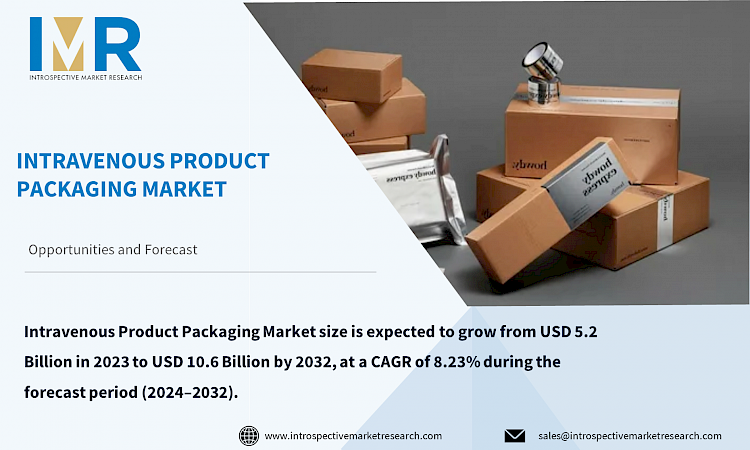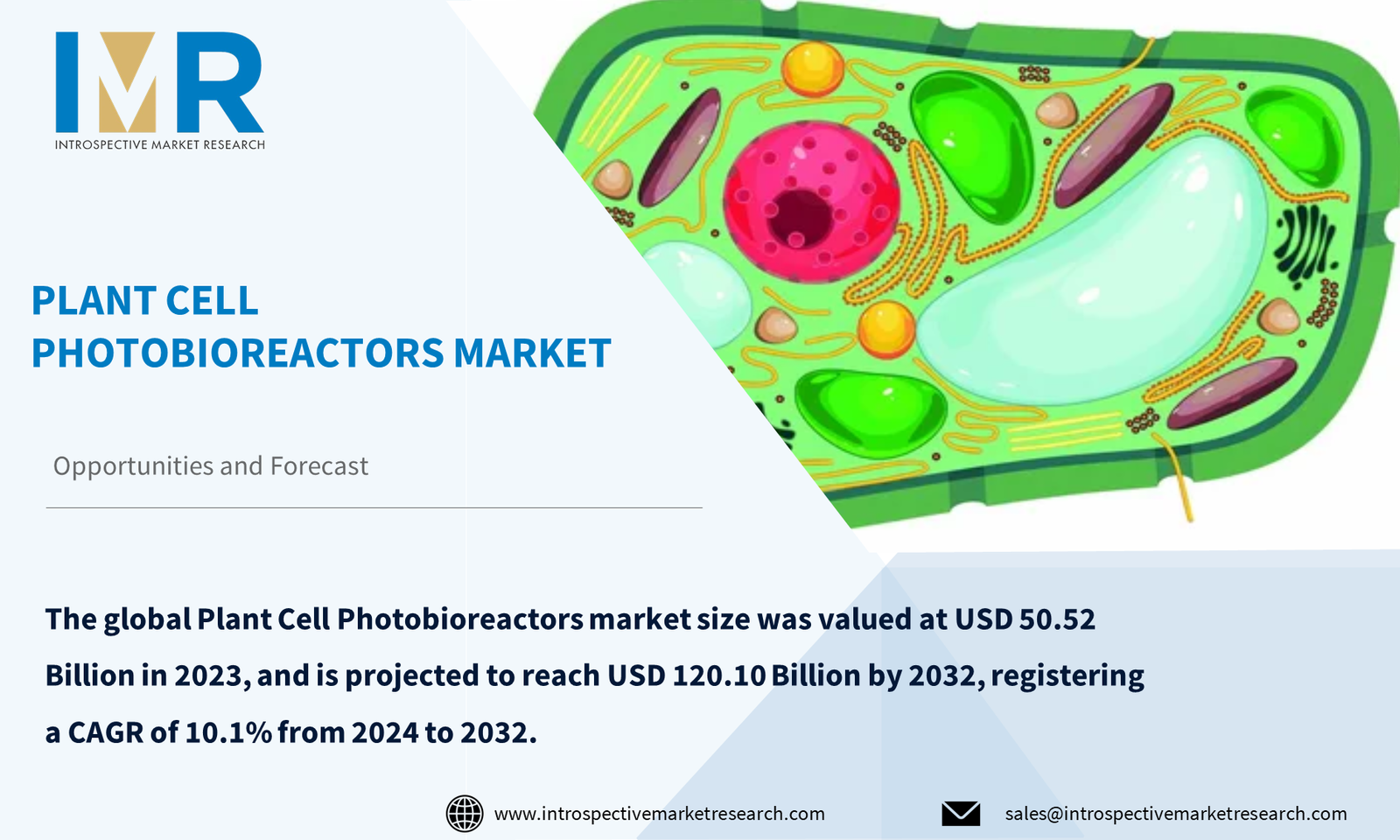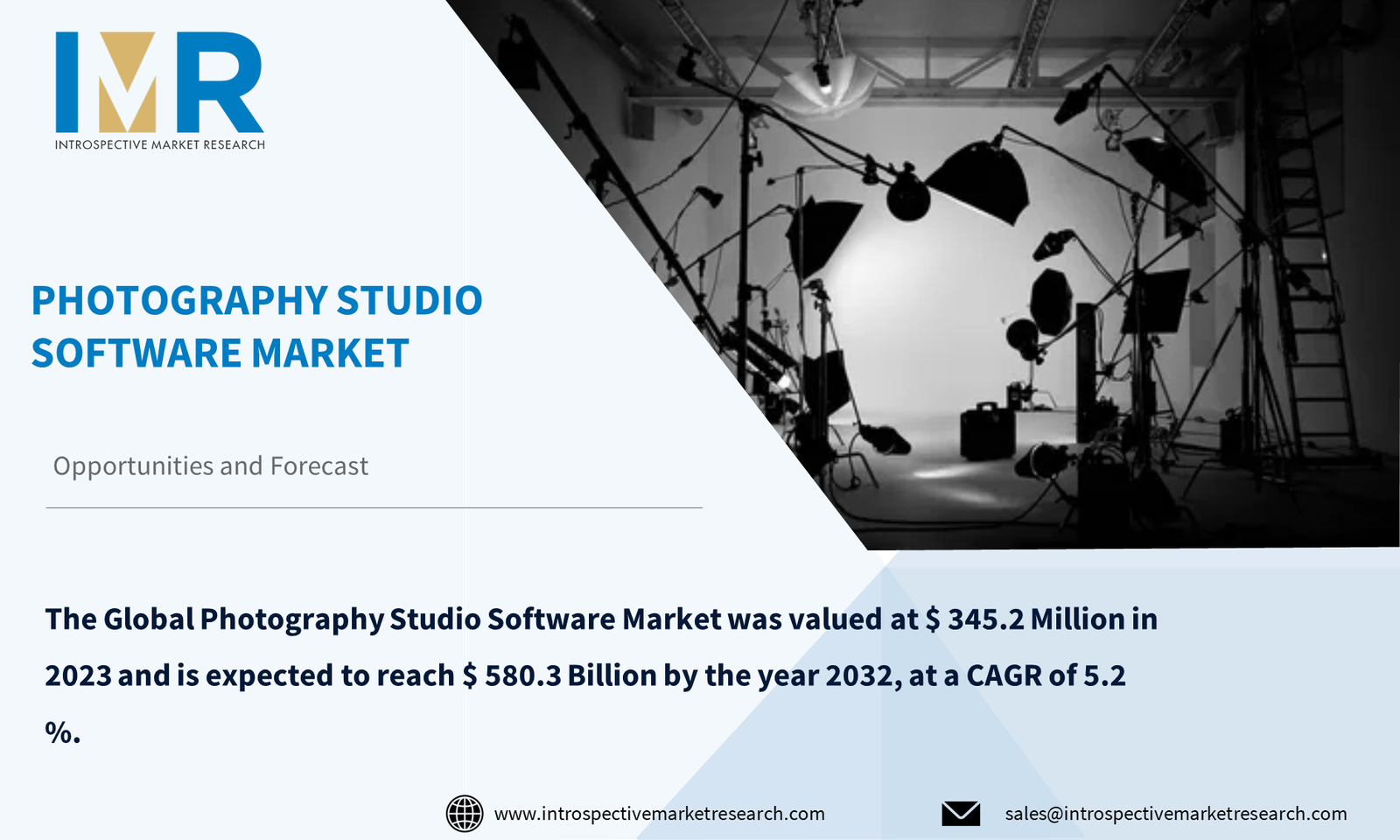
According to a new report published by Introspective Market Research, titled, “Intravenous Product Packaging Market by Application, Flash Point, Boiling Point. Opportunity Analysis and Industry Forecast, 2024–2032,” Global Intravenous Product Packaging Market size is expected to grow from USD 5.2 Billion in 2023 to USD 10.6 Billion by 2032, at a CAGR of 8.23% during the forecast period (2024–2032). Intravenous product packaging is a medical device used to store and protect intravenous (IV) products, which are medications or fluids administered directly into a vein. It must meet several requirements, including sterility, compatibility, permeability, integrity, transparency, and ease of use. IV products must be sterile to prevent contamination, and the packaging must be compatible with the IV product to prevent any adverse reactions.
The packaging must be impermeable to bacteria and contaminants while allowing the IV product to pass. It must withstand shipping, handling, and storage without leaking or breaking. Transparency is essential for visual inspection and ease of use, even for healthcare professionals wearing gloves. Common types of IV product packaging include IV bags, cannulas, syringes, and infusion pumps. Intravenous product packaging is crucial in the healthcare industry, as it ensures the safety and effectiveness of IV products for patients.
The ageing population, with a higher prevalence of conditions like cardiovascular diseases, diabetes, and cancer, demands targeted medical interventions. This has increased demand for intravenous therapies, driving the growth of the IV product packaging market. Packaging ensures the safety, sterility, and efficacy of intravenous products, and as healthcare providers cater to the unique needs of the geriatric population, demand for advanced packaging solutions has surged.
The geriatric population faces mobility and medication self-administration challenges, leading to increased reliance on healthcare facilities for intravenous treatments. This shift has increased demand for user-friendly packaging, catering to healthcare professionals and patients. Manufacturers in the intravenous product packaging market are focusing on innovations to enhance ease of use, reduce contamination risks, and ensure medication integrity.
Smart technologies like RFID and the IoT are revolutionizing intravenous product management and monitoring. They enable real-time tracking and monitoring from manufacturing to healthcare institutions, ensuring supply chain integrity and reducing errors and tampering. This enhances the safety and quality of intravenous therapies, reducing the risk of tampering.
Smart technologies are revolutionizing medication management in IV packaging. They enable the monitoring of medication temperature and integrity during storage and transportation, ensuring optimal conditions for healthcare providers and patients. This transparency and traceability are especially crucial in intravenous therapies, where the efficacy of medications is closely linked to their handling and storage.
Intravenous Product Packaging Market, Segmentation
The Intravenous Product Packaging market is segmented based on Type, Material, and Application
Type:
The Type segment is further classified into IV Bags, Cannulas, Extension Sets, Infusion Pumps, Stopcocks. The widespread adoption of intravenous therapies across diverse medical disciplines, ranging from critical care to routine medical procedures, has led to a consistent and high demand for IV bags. These bags provide a versatile and convenient solution for administering fluids, medications, and nutrients directly into the bloodstream
Material:
The Material segment is further classified into PVC, Non-PVC, Polyolefin, Polypropylene. PVC (polyvinyl chloride) dominates the intravenous (IV) product packaging market due to its excellent flexibility, durability, and cost-effectiveness. Its ability to provide a reliable barrier against contaminants ensures the sterility and safety of IV products. Additionally, PVC's compatibility with a wide range of medical solutions and drugs makes it a preferred choice in the healthcare industry. Its ease of manufacturing and ability to be molded into various forms, such as bags and tubes, further solidify its dominance in the market. Overall, PVC's comprehensive properties make it the leading material for IV product packaging.
Region:
The healthcare industry in North America is thriving due to advanced facilities, research institutions, and a robust regulatory framework. The widespread adoption of intravenous therapies and the ageing population, coupled with chronic diseases, have increased the demand for efficient and secure IV product packaging solutions, driving the growth of the IV product packaging market in the region.
Some of The Leading/Active Market Players Are-
- Baxter (U.S.)
- Dupont(U.S.)
- Minigrip (U.S.)
- Smith Medical (U.S.)
- BD (U.S.)
- Cardinal Health (U.S.)
- Sippex IV bag (France)
- B. Braun Medicals (Germany)
- Neotec Medical Industries (Singapore)
- SSY Group Limited (Hong Kong)
- Nipro (Japan), and Other Major Players.
Key Industry Developments
- In August 2023, Amcor, a global leader in developing and producing responsible packaging solutions, announced it had agreed to acquire Phoenix Flexibles, expanding Amcor’s capacity in the high-growth Indian market. Amcor currently has four flexible packaging plants in India. The business has delivered double-digit organic sales growth per year over the last three years, significantly outpacing growth in the underlying market, and is also investing to double its local footprint in the pharmaceutical and medical packaging categories.
Key Findings of the Study
- PVC (polyvinyl chloride) remains the leading material in the IV product packaging market due to its superior flexibility, durability, and cost-effectiveness. Its ability to ensure sterility and compatibility with a wide range of medical solutions makes it an ideal choice for IV bags, tubes, and other packaging forms, driving its widespread adoption.
- The integration of smart technologies, such as RFID and IoT, is transforming the IV product packaging market. These innovations enable real-time tracking and monitoring, ensuring supply chain integrity, reducing errors, and enhancing the safety and efficacy of intravenous therapies. This is particularly crucial for maintaining medication integrity during storage and transportation.






